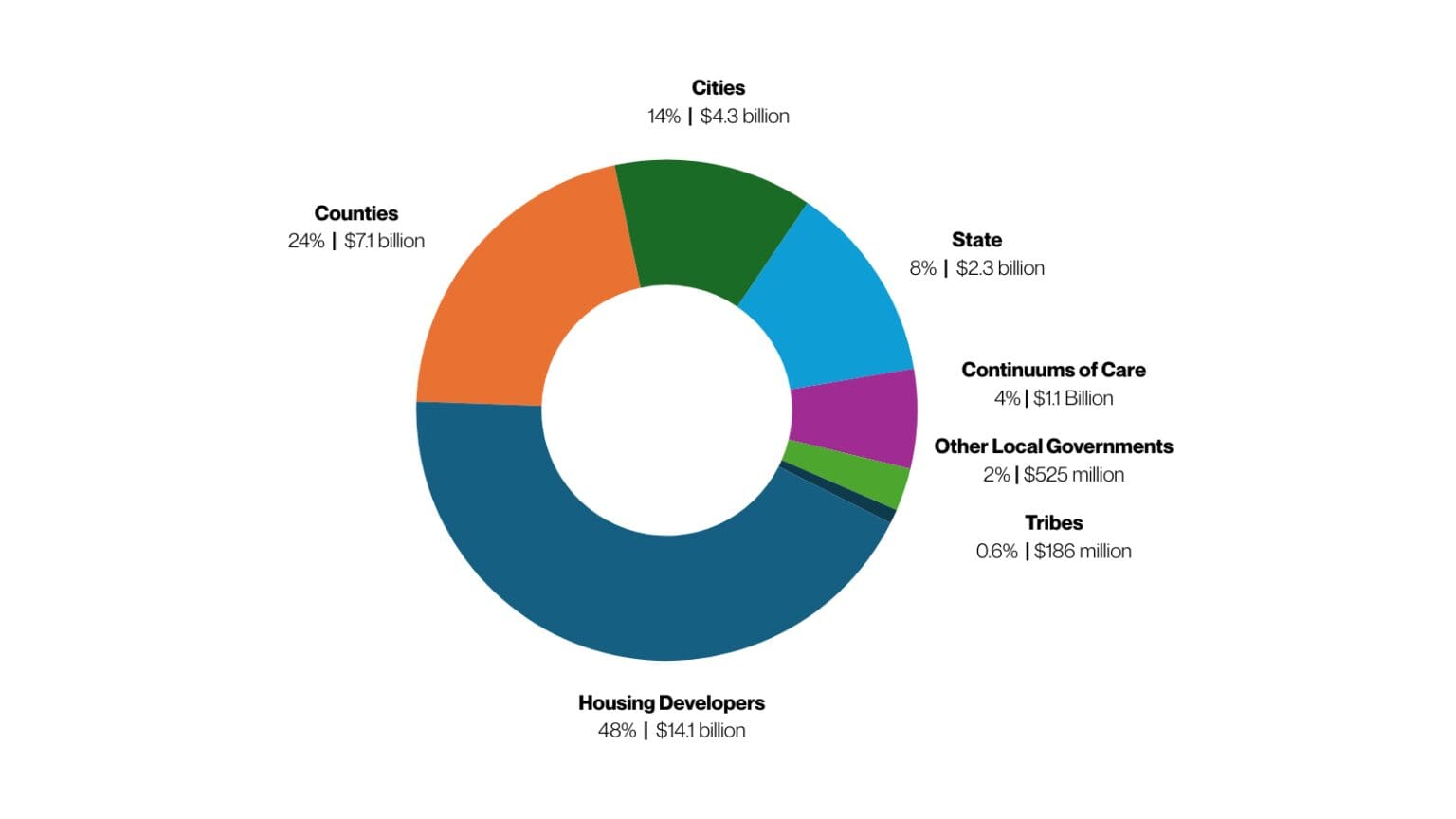CSAC Statement and Funding Analysis on California’s Homelessness Crisis
Back to News
FOR IMMEDIATE RELEASE
Sacramento, CA – Inyo County Supervisor and California State Association of Counties (CSAC) President Jeff Griffiths issued the following statement after Gov. Newsom’s latest announcements on homelessness Monday:
“The governor says the state has spent $27 billion to address homelessness. That’s just not true. More than half of it went to housing, not homelessness. How much of that housing has actually been built?
“So no, the state has not done everything it can to address homelessness in California. Without clear responsibilities for every level of government and reliable funding for cities and counties, successful local efforts will wither on the vine.”
New CSAC Funding Analysis: How much has the state actually spent on homelessness over the last six fiscal years? And where did it actually go? CSAC meticulously fact-checked those questions and put together two easy-to-digest charts. Our new analysis shows:
- From FY 19/20 through FY 24/25 (six fiscal years), CSAC found that the state has awarded $29.5 billion.
- The administration and lawmakers had previously all said $37 billion; on Monday, the governor’s office bumped that figure down to $27 billion.
- Of that $29.5 billion, roughly half went only to housing. The other half went toward a mix of housing and homelessness activities (but even that half didn’t fully go toward homelessness).
- Nearly half the $29.5 billion went to housing developers. Local governments got much less.
- For example, counties got $7 billion over six fiscal years. That’s barely $1 billion per year, spread across 58 counties, on a one-year-at-a-time basis that makes it impossible to invest in permanent solutions.
Background: There are two fundamental, state-imposed barriers to addressing homelessness in California.
First, if an unhoused person on the street needs shelter, who’s responsible for finding them shelter? The city? The county? A non-profit? The state? California law is silent. The state must address the lack of clearly defined responsibilities for each level of government.
Second, the state has chosen to take an unreliable, one-year-at-a-time funding approach to what the governor on Monday called “the crisis of our time.” So even though many programs are making progress, local governments can’t start permanent efforts to reduce homelessness — because they can’t trust they’ll have the money to see those efforts through.
Without shared responsibility and reliable funding, whatever California tries to do to reduce homelessness will fail.
###